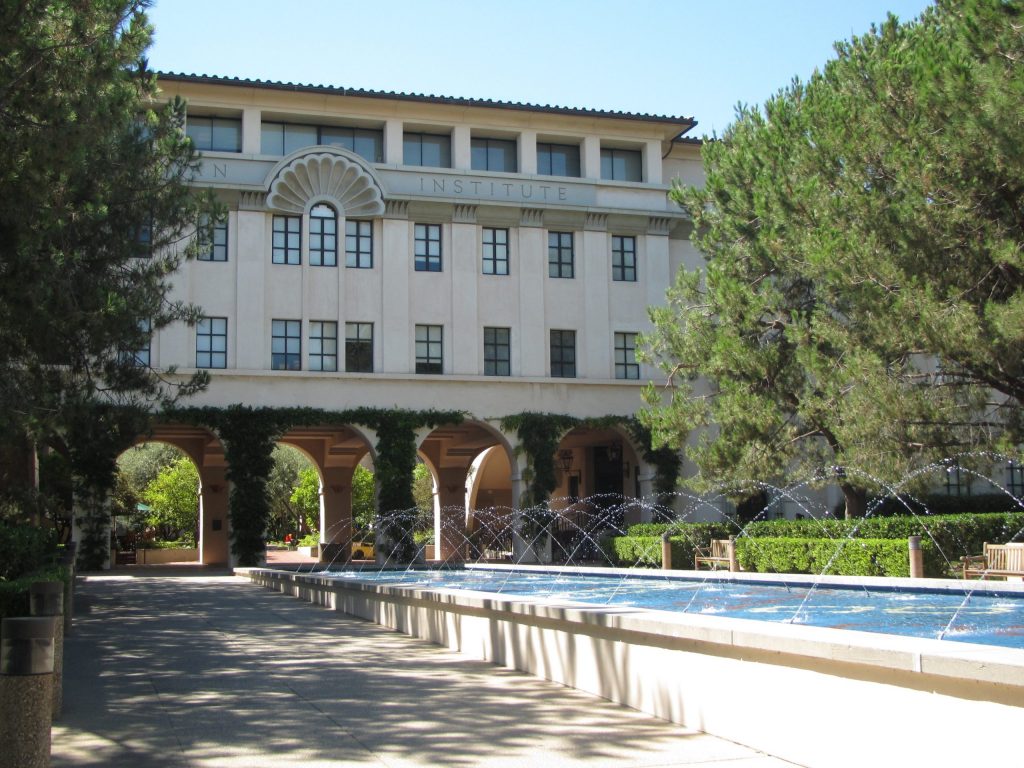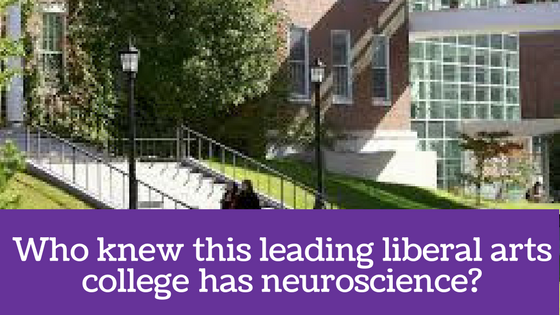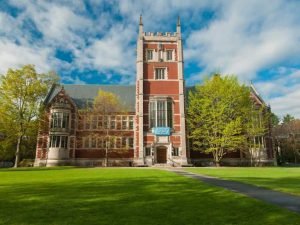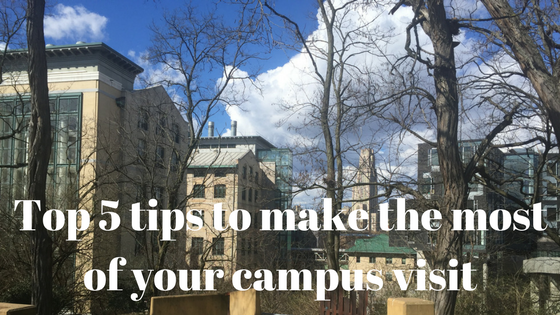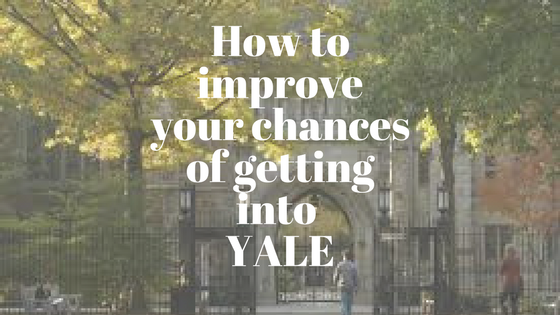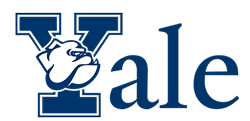
If your teen is a junior, you are probably already overwhelmed with a lot of information coming from your teen’s school, neighbors, friends who have kids and maybe even your workplace. With that information overload, it can be hard sometimes to prioritize and stay on top of things. I want to make sure that you don’t get left behind in this process.
Here are some things that you can do right now in the month of December.
Researching Colleges
The first action item would be researching colleges in order to learn whether or not that college is a good fit for them. When they find ones that are a good fit, they will likely thrive in terms of their years in college and that’s what we want for them.
I’ve mentioned before the five areas of fit which are: academic, social, financial, vocational and cultural fit (You can refer to my previous article on fit here ).
Decide Which Test They will Take
The second thing they can be doing in the month of December is deciding which test they’re going to focus on – the SAT or the ACT. Some states have one particular test as a graduation requirement, for example in Ohio, it is the ACT. However, many students still take the SAT because that’s the test that they favor. Taking both tests is actually no longer required.
When students are taking both just for the sake of taking both, not only does it waste money, but it wastes time as well. I recommend that students focus on the one that’s best for them, which could even be based on the schedule or availability. Whatever it is, just focus on one test because colleges will take either one, there’s no need to do both.
After they decide which test to focus on, they need to decide how they’re going to prepare. The month of December is a great time for them to prep for the test they’ll be taking. I usually recommend at least 6 to 12 weeks of prep time.
Read more about preparing the for test
Read a book for pleasure during winter break
There is plenty of research to support why teens should continue to read (and why they don’t do it, as well). Becoming a real reader can improve your teen’s vocabulary, make them a better writer, help them get into college, and enlarge their breadth of understanding of the world around them. Click here to learn more
But did you know that one of the most commonly used prompts for college admissions essays is “Tell about a book you read for pleasure and why it should be required”?
So how can you get your teen to read during their “downtime?”
One resource I highly recommend is Real Ballers Read – a popular Book-stagram with podcast interviews and other literary fun for teens from near-peer mentors. This is a great place to help your teen find a book to read during the winter break.
These are the important action steps that your junior can take during the month of December – researching colleges, determining which test they’re going to focus on (and how they will prepare for the test), and reading a book for pleasure over winter break. Starting this process now, as opposed to waiting until the new year, will make sure that your teen is on track and not feeling behind and rushed as we get into the spring.
For more help with navigating junior year, sign up to receive my FREE College Prep Toolkit. This resource includes my Junior Year Roadmap, so you and your teen will know what they should be doing each month.




